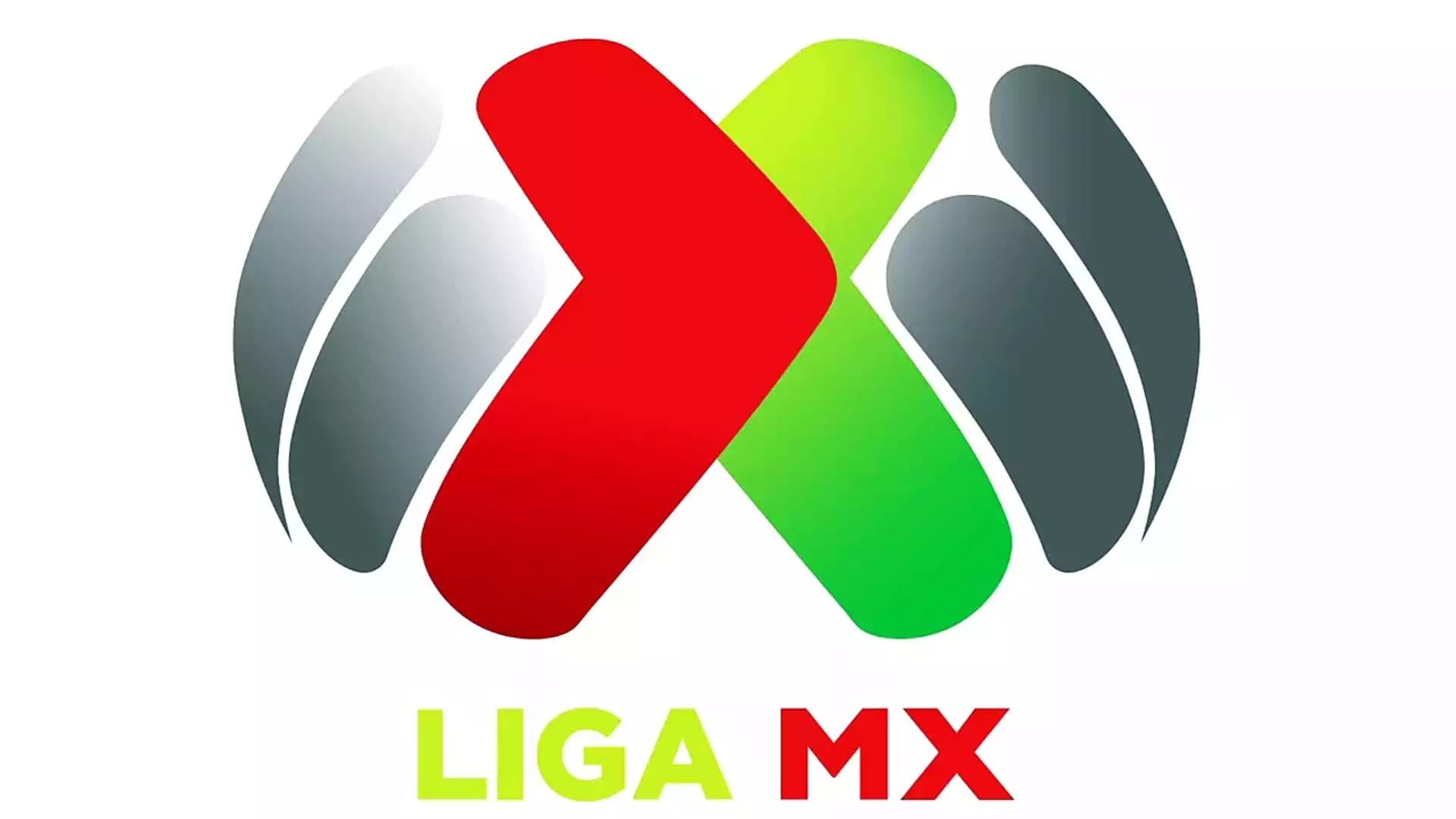Early years: The founding of Club América
The story of Club América begins in 1916 when a group of young football enthusiasts from Mexico City came together to form a new team. Led by Rafael Garza Gutiérrez, a visionary sportsman, Club América was born out of a desire to create a football club that would represent the working-class neighborhoods of the city. With limited resources and a handful of talented players, Club América faced an uphill battle from the start. However, their determination and love for the game propelled them forward.
Despite initial struggles, Club América quickly gained popularity in Mexico City. Their attacking style of play and never-give-up attitude resonated with the fans, who flocked to see their matches. Soon, the club started attracting talented players from across the country, further enhancing their reputation. By the 1920s, Club América had established itself as a formidable force in Mexican football and was ready to make its mark on the national stage.
The early years of Club América were marked by a strong sense of community and camaraderie among the players. They trained tirelessly, often sacrificing their personal time and resources to improve their skills. This dedication paid off when Club América won its first championship in 1924, becoming the pride of Mexico City. This triumph was just the beginning of what would become a storied history of success for the club.
Rise to prominence: Club América's success in Mexican football
The 1930s and 1940s were a golden era for Club América. Led by legendary coach Leonardo Cuéllar, the team dominated Mexican football, winning multiple championships and establishing themselves as the team to beat. During this period, Club América showcased its attacking prowess and innovative tactics, revolutionizing the way the game was played in Mexico.
One of the defining moments in Club América's rise to prominence came in 1959 when they moved to the Estadio Azteca, a state-of-the-art stadium that would become their iconic home. With a capacity of over 87,000, the Estadio Azteca provided a fitting stage for Club América's grand ambitions. The club's move to this impressive venue further solidified its status as a powerhouse in Mexican football.
Throughout the years, Club América has consistently been at the forefront of Mexican football, with numerous championship victories and memorable performances. The club's success can be attributed to its ability to attract top talent from both Mexico and abroad. Iconic players such as Cuauhtémoc Blanco, Claudio López, and Pavel Pardo have donned the famous yellow and blue jersey, leaving their mark on the club's history.
Iconic players: Legends who shaped Club América's history
Club América has been blessed with an array of talented players who have etched their names into the annals of football history. These players not only brought success to the club but also embodied the passion and spirit of Club América.
One such legendary figure is Cuauhtémoc Blanco, often hailed as one of Mexico's greatest footballers. Blanco's dazzling skills and ability to score goals from seemingly impossible angles endeared him to Club América fans. His time with the club coincided with a period of great success, and he played a crucial role in guiding Club América to multiple championships.
Another iconic player who left an indelible mark on Club América's history is Claudio López. The Argentine forward was known for his clinical finishing and ability to create scoring opportunities for his teammates. López's time with Club América was short but incredibly impactful, as he played a key role in the club's triumphs both domestically and internationally.
Pavel Pardo is another player who deserves mention. The Mexican midfielder was a linchpin in Club América's midfield, dictating play and orchestrating attacks. His vision, passing ability, and leadership qualities made him a fan favorite and a vital component of Club América's success during his tenure.
These are just a few examples of the many legendary players who have graced the pitch for Club América. Each player has contributed in their own way to the club's rich history and has become an integral part of its identity.
Rivalries: Club América's intense matches against Chivas and Cruz Azul
Club América's success and popularity have not come without intense rivalries. The two most notable rivalries in Mexican football involve Club América and its fierce competitors, Chivas and Cruz Azul.
The rivalry between Club América and Chivas, also known as the Clásico Nacional, is one of the most heated and passionate in Mexican football. Matches between these two teams are highly anticipated and draw massive television audiences. The rivalry dates back to the early days of Mexican football and has been characterized by intense matches, controversial incidents, and a deep-rooted animosity between the two sets of fans.
Another notable rivalry for Club América is against Cruz Azul, known as the Clásico Joven. This rivalry, although not as historic as the Clásico Nacional, has become equally intense over the years. Matches between Club América and Cruz Azul are fiercely contested and often have a significant impact on the Liga MX standings. The rivalry has produced memorable moments and unforgettable matches, further adding to the rich tapestry of Mexican football.
Stadium: The iconic Estadio Azteca and Club América's home games
The Estadio Azteca, one of the most iconic stadiums in the world, has been the home of Club América since 1959. This colossal venue has witnessed countless historic moments and has become synonymous with the club's identity. With a seating capacity of over 87,000, the Estadio Azteca provides an electrifying atmosphere for Club América's home games.
Club América's matches at the Estadio Azteca are a spectacle to behold. The sea of yellow and blue, the passionate chants, and the thunderous applause create an atmosphere that is second to none. The stadium's size and grandeur only enhance the experience, making each home game a memorable event for both players and fans.
The Estadio Azteca has also played host to numerous international events, including the FIFA World Cup final in 1970 and 1986. These global showcases have further solidified the stadium's status as a historic venue and a symbol of Mexican football.
Trophies and achievements: Club América's impressive record in domestic and international competitions
Club América's trophy cabinet is a testament to the club's dominance in Mexican football. With a record number of Liga MX championships to their name, Club América has established itself as the most successful club in the history of Mexican football.
In addition to their domestic success, Club América has also achieved notable triumphs in international competitions. The club has won the CONCACAF Champions League multiple times, earning them the right to represent the region in the FIFA Club World Cup. Club América's performances in the Club World Cup have been commendable, with notable victories against some of the world's best clubs.
These achievements highlight Club América's ability to compete at the highest level and showcase the immense talent within the club. Each trophy won is a testament to the hard work and dedication of the players, coaches, and the entire Club América organization.
Club América's impact on Mexican football: Contributions to the national team and football culture
Club América's influence extends beyond its success on the field. The club has played a significant role in shaping Mexican football, contributing to the development of the national team and the overall football culture in the country.
Many players who have represented Mexico on the international stage have honed their skills at Club América. The club's youth academy has produced a steady stream of talented players who have gone on to don the national team jersey. These players have brought their Club América values of passion, determination, and skill to the international arena, representing their country with pride.
Club América's success and popularity have also had a profound impact on Mexican football culture. The club's passionate fanbase, known as "Las Águilas" (The Eagles), is one of the most loyal and vocal in the country. Their unwavering support and colorful traditions create an atmosphere that is unmatched in Mexican football.
Club América's fanbase: The passionate supporters and their traditions
Club América's fanbase is a testament to the strong bond between the club and its supporters. The fans, known as "Las Águilas" (The Eagles), are known for their unwavering dedication and passionate support for the team.
On matchdays, the Estadio Azteca comes alive with the chants, songs, and colorful displays of the Club América fans. The stadium becomes a sea of yellow and blue, as supporters proudly wave flags and banners, creating an electric atmosphere that pushes the team forward.
The traditions of Club América's fanbase are deeply ingrained in the club's identity. One such tradition is the "Grito Americanista," a collective cheer that reverberates through the stadium before every match. This powerful display of unity and support sets the tone for the game and sends a clear message to the opposition.
Another beloved tradition is the "Águila de Club América," a giant eagle that soars through the stadium during home games. This awe-inspiring spectacle symbolizes the club's strength, power, and determination, and serves as a rallying cry for both players and fans.
Future prospects: Club América's plans for continued success and growth
Club América's journey is far from over. The club continues to strive for excellence and has ambitious plans for the future. With a strong foundation and a rich history to build upon, Club América is poised to maintain its status as one of the most successful and iconic football clubs in Mexico.
The club's focus is not only on achieving success on the field but also on nurturing young talent and contributing to the development of Mexican football. Club América's youth academy remains a vital part of the club's infrastructure, ensuring a steady supply of talented players for years to come.
Off the field, Club América aims to further strengthen its brand and expand its reach. The club recognizes the importance of digital marketing and social media in engaging with fans and attracting new supporters. By leveraging these platforms, Club América aims to connect with fans on a global scale and create a community that transcends borders.
Club América's evolutionary story is one of determination, passion, and unwavering dedication to the beautiful game. From its humble beginnings to its current status as a soccer powerhouse, Club América has left an indelible mark on Mexican football. The club's success, iconic players, intense rivalries, and passionate fanbase all contribute to its enduring legacy. As Club América looks towards the future, one thing is certain – the journey to soccer supremacy is far from over.










